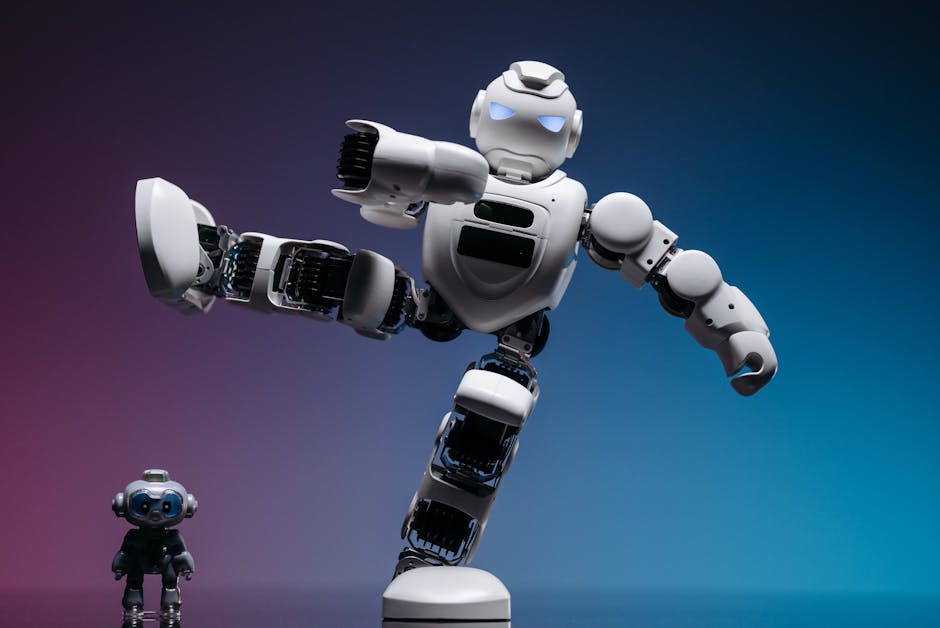From Looking At AI to Looking Through It
For years, our interaction with Artificial Intelligence has been a conversation. We’ve typed prompts into chatbots, spoken commands to smart speakers, and marvelled at images generated from text. It has been a powerful, yet fundamentally separate, experience. AI has been a tool we use, a service we access on a screen. But the rumoured Samsung Galaxy XR is as close as you can come – for now – to stepping inside AI by changing that entire dynamic.
This is the paradigm-shifting promise of Samsung’s heavily anticipated headset, a device that tech enthusiasts across India are watching with bated breath. Forget seeing the world on a 6-inch display; the Galaxy XR is poised to become the very lens through which we experience an AI-augmented reality. This isn’t just another VR headset for gaming; it’s our first real chance to stop looking at AI and start looking through it.
What Does “Stepping Inside AI” Actually Mean?
Let’s be clear: this isn’t about strapping a ChatGPT screen to your face. “Stepping inside AI” means having a proactive, contextual intelligence layered directly onto your field of vision. This moves beyond simple notifications to true environmental understanding.
Imagine these scenarios:
* Live Translation: You’re walking through Khan Market in Delhi, and a tourist asks you for directions in French. Instantly, English subtitles appear in your vision, translating their words in real-time.
* Interactive Instructions: You look at a complex piece of machinery, and AI overlays labels and instructions on its parts. You’re cooking, and the recipe steps hover next to your pan, adjusting as you complete each one.
* Contextual Information: You glance at a historical monument, and key facts and figures appear beside it, enriching your understanding of the world around you.
The Power Trio: Samsung, Google, and Qualcomm
This is where Samsung’s strategy becomes brilliant. They aren’t going it alone. The Galaxy XR is the flagship product of a powerful trifecta:
1. Samsung’s hardware manufacturing prowess.
2. Qualcomm’s cutting-edge Snapdragon XR silicon.
3. Google’s deep-rooted AI and Android ecosystem.
Think of it as the “Android vs. iOS” battle reigniting for the next generation of computing, with each company bringing its core strength to the table.
An AI-Native Platform vs. Apple’s Spatial Computing
While Apple has already fired the first shot with its stunning (and stunningly expensive) Vision Pro, its focus is on “spatial computing”—placing apps and windows in the space around you. It’s an evolution of the personal computer.
Samsung and Google, however, seem to be aiming for something fundamentally different: an AI-native platform. By leveraging Google’s powerful Gemini AI, which understands text, images, and the world around it, the Galaxy XR can move beyond just placing apps. It can understand your context and proactively assist you. It’s the difference between manually opening a translation app and simply understanding the world as it happens.
The India Opportunity and the Price Question
The potential for a market like India is immense. Imagine virtual classrooms where students in a remote village can dissect a 3D model of a human heart, or a technician in Bangalore guiding a field-worker through a complex repair in rural Rajasthan with visual aids. The barriers of language, distance, and technical knowledge could begin to dissolve.
Of course, the biggest question is the price. The Apple Vision Pro, at over ₹3 lakhs, is a luxury item for a select few. If Samsung can leverage its manufacturing scale and the open nature of the Android ecosystem to bring the Galaxy XR to a more accessible price point, it could ignite the market in a way Apple simply can’t.
The Samsung Galaxy XR is still wrapped in speculation, but its direction is clear. We are moving from descriptive AI to an era of interactive, embodied AI. This headset isn’t just about creating new virtual worlds; it’s about fundamentally enhancing our own. The next conversation about AI might not be with a device in your hand, but with the very world you see through your eyes.




